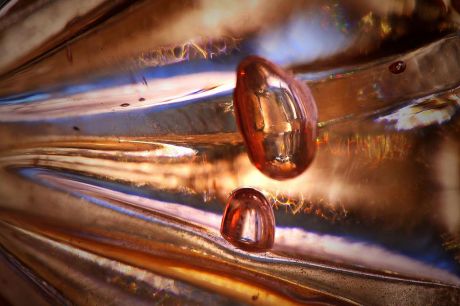To stop the fastest moving thing in the Universe, researchers working on the EU-funded project SLICA (Stationary light in cold atoms) explored the use of electromagnetically induced transparency (EIT). This technique allows driving a quantum system, which is otherwise opaque for a probe laser beam, to transparency within a narrow frequency range.
With the use of counter-propagating laser beams, the EIT technique provided SLICA scientists with a powerful tool to control the propagation of light inside optically driven media and to create stationary light pulses (SLPs) in a medium of cold atoms. In contrast to the well-known stored light where no light is present during the storage period, SLPs allow for the effective stopping of light pulses. The first experimental demonstration of SLPs was achieved more than a decade ago in a hot gas of rubidium atoms.
Unlike hot media, the creation of SLPs in cold media was not straightforward. Specifically, high-frequency atomic coherences can have a detrimental effect on the transmission of light that is naturally suppressed in hot media.
However, their analysis results show that these effects can be dramatically suppressed in a medium of cold atoms by reducing the width of the EIT transparency window below the typical Doppler shifts. This reduction in the EIT transparency window resulted in an increased interaction time of the light pulses with the atoms.
Towards the future goal of implementing nonlinear optics at the few-photon level with SLPs, SLICA scientists also demonstrated the efficient loading of cold atoms into a hollow-core fibre. In such system, atoms and photons are tightly confined over macroscopic distances resulting in a strong coupling between light and matter, i.e., strong optical nonlinearities.
In addition to their fundamental scientific interest, the project team's efforts were stimulated by practical applications of SLPs. Among the many foreseen applications of SLPs is their use in all-optical processing and storing information in a quantum computer.
SLICA project results have pushed the frontiers of EIT-based light propagation manipulation.

